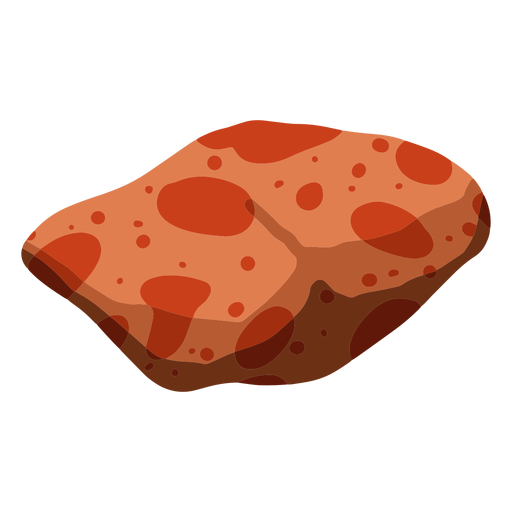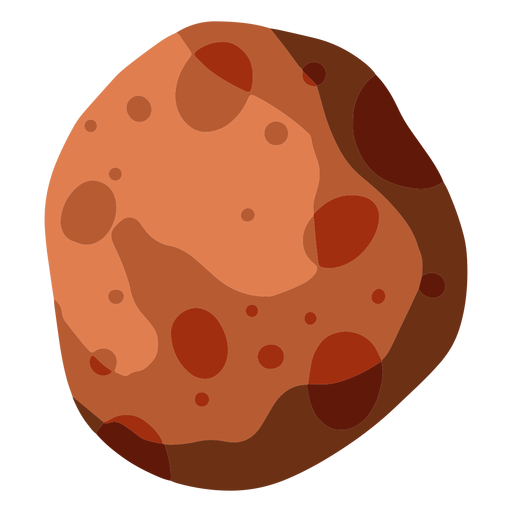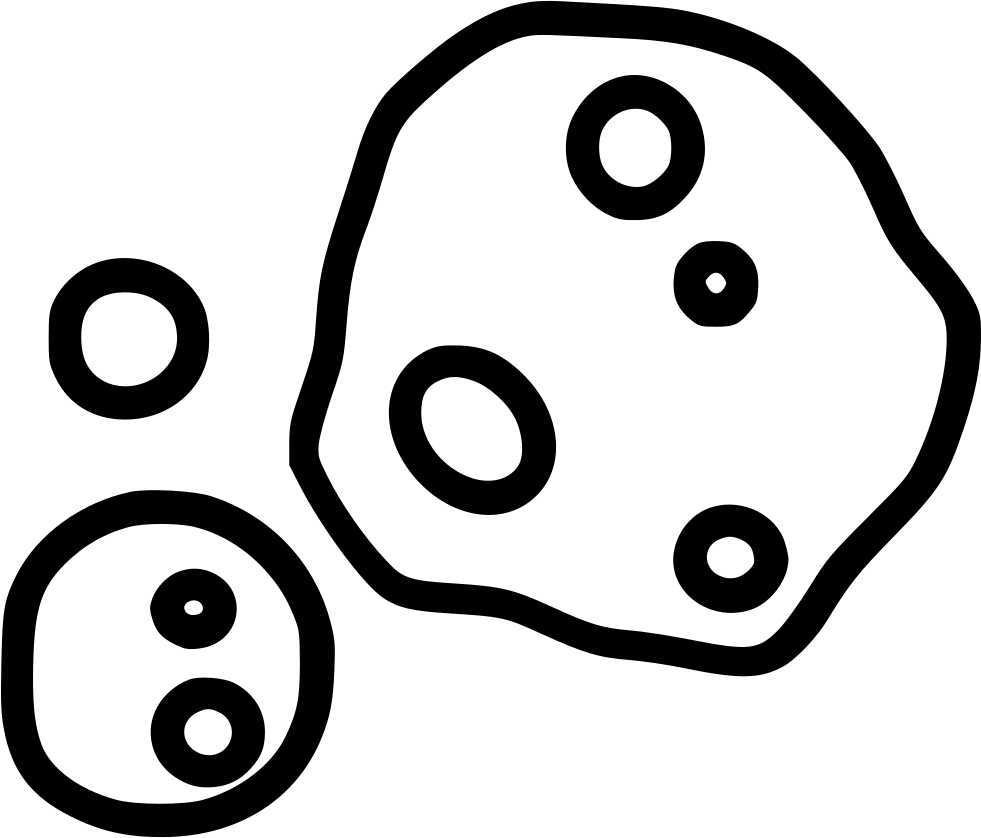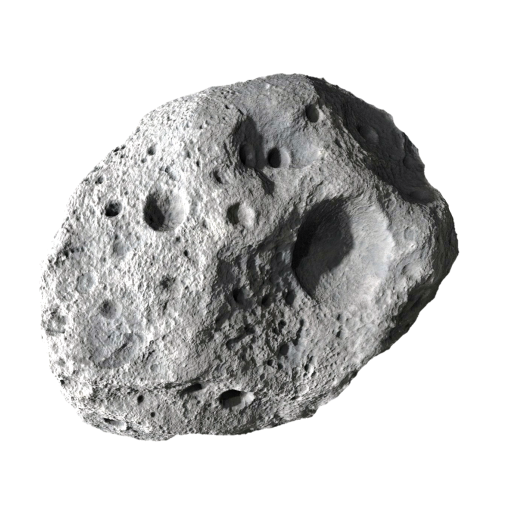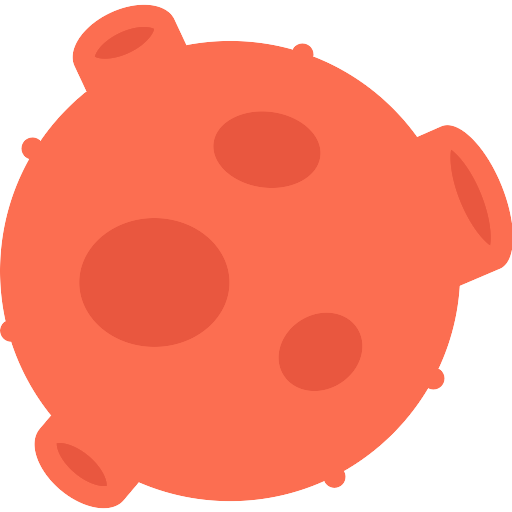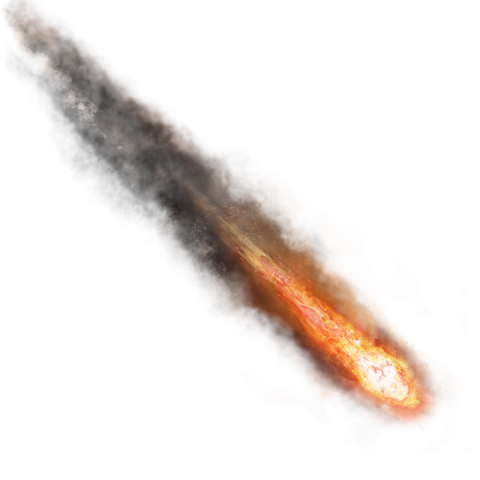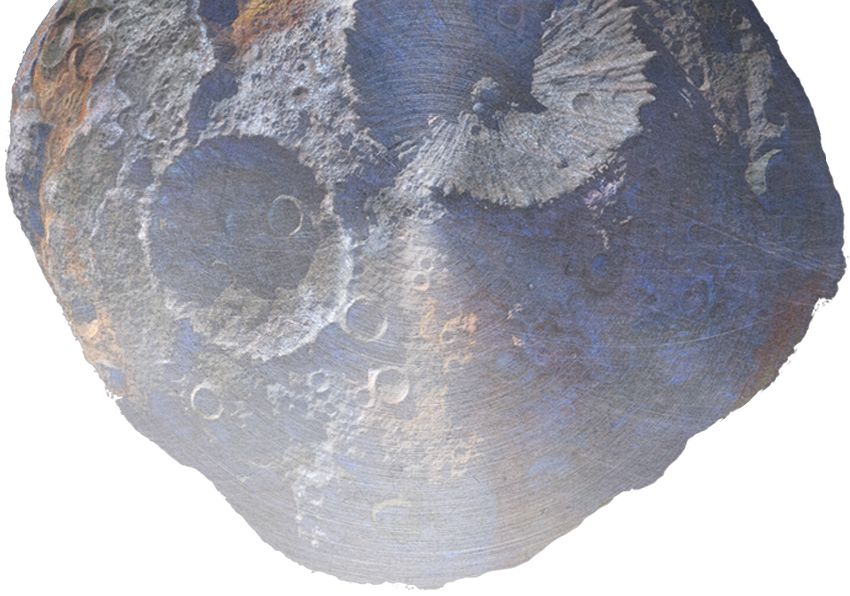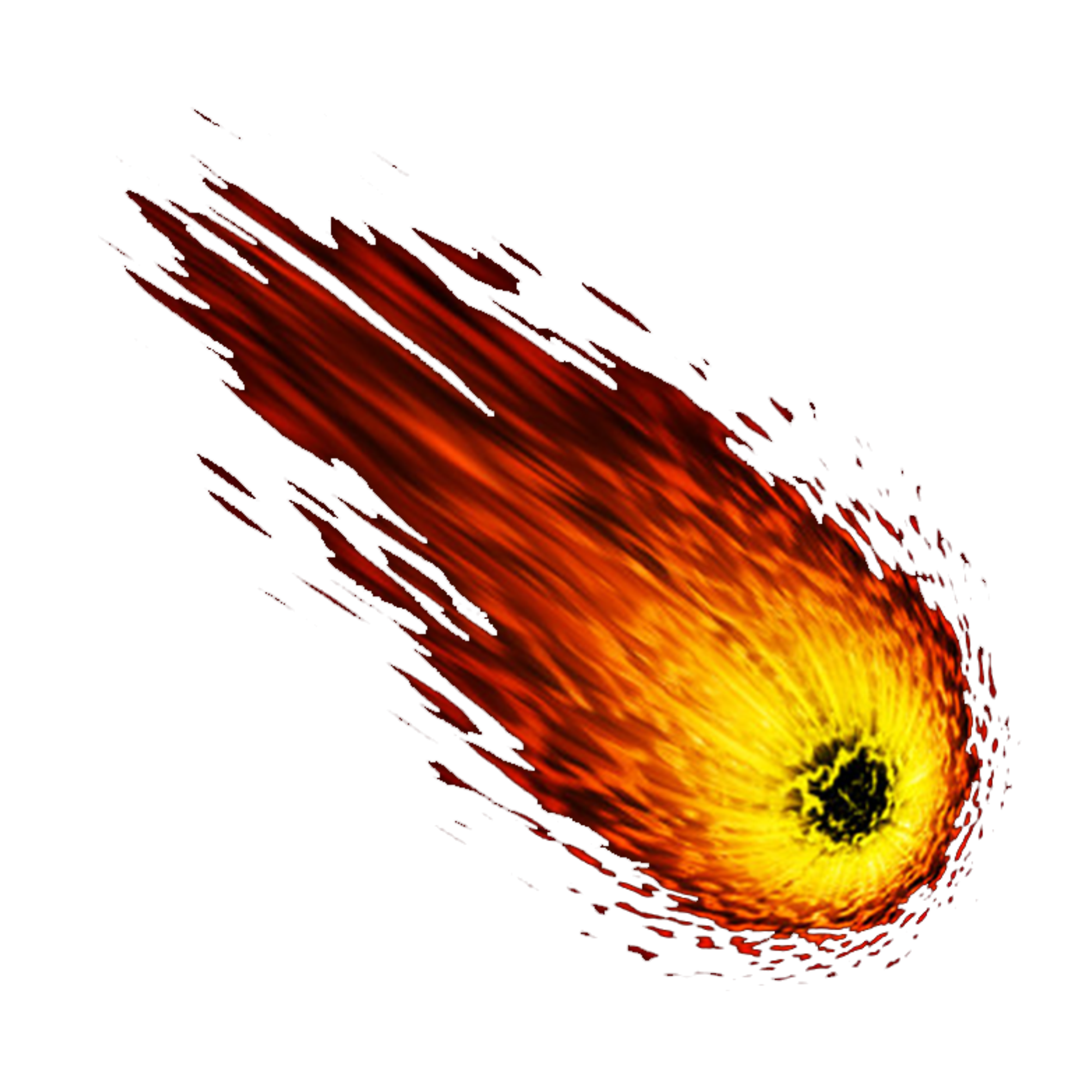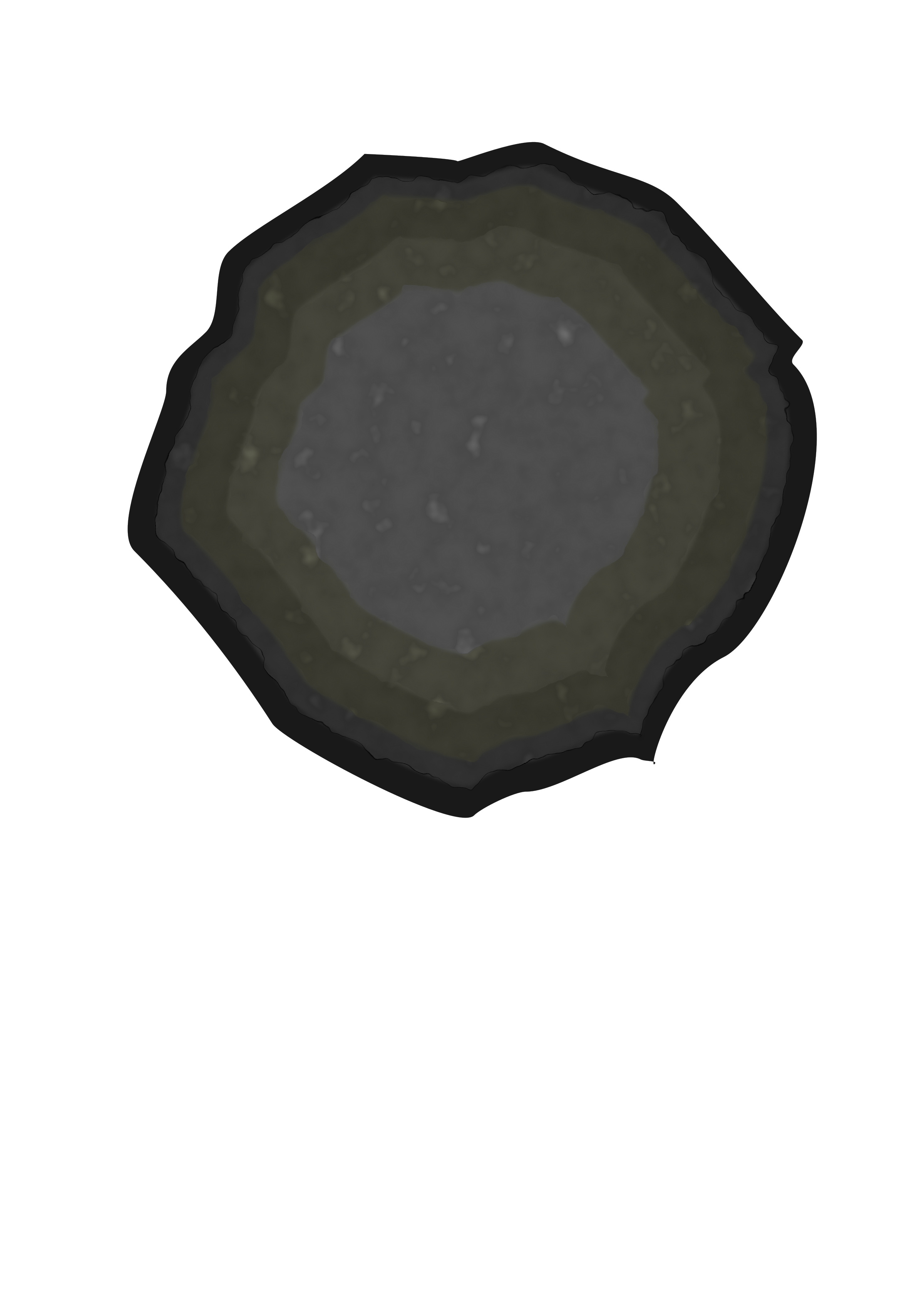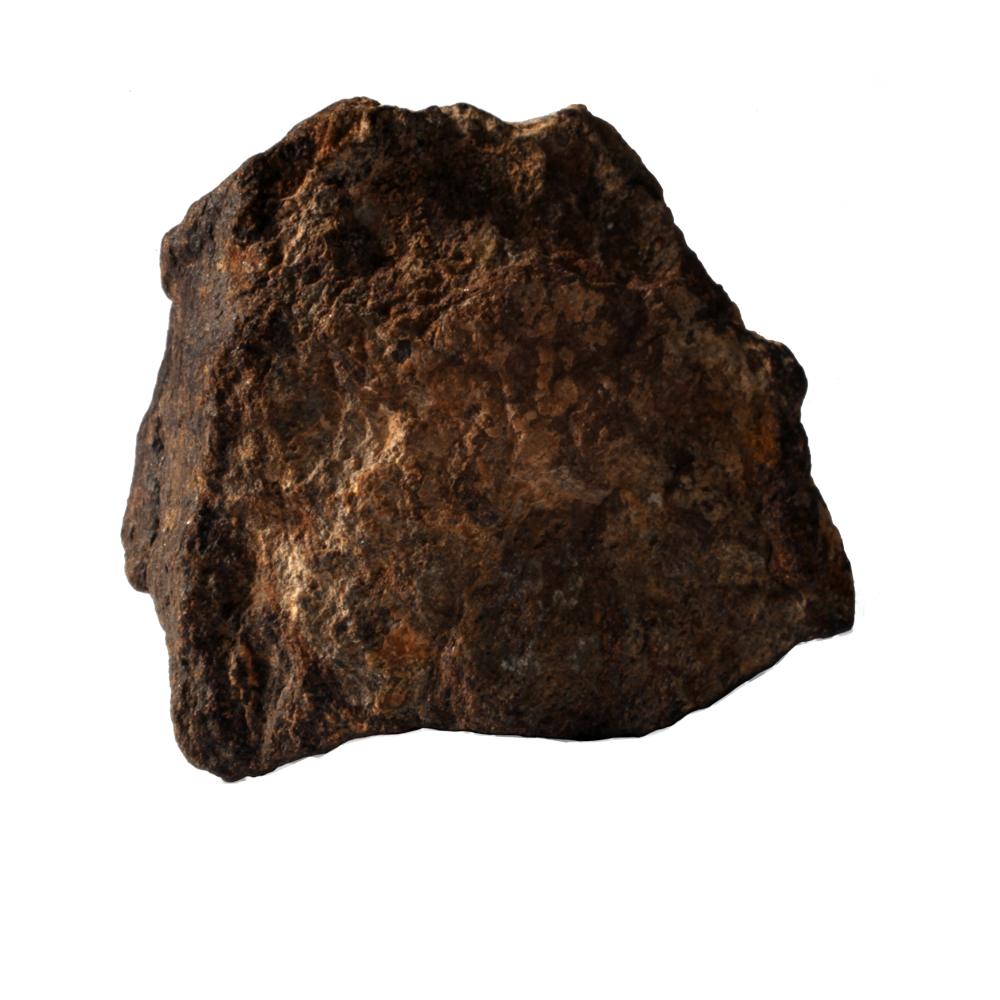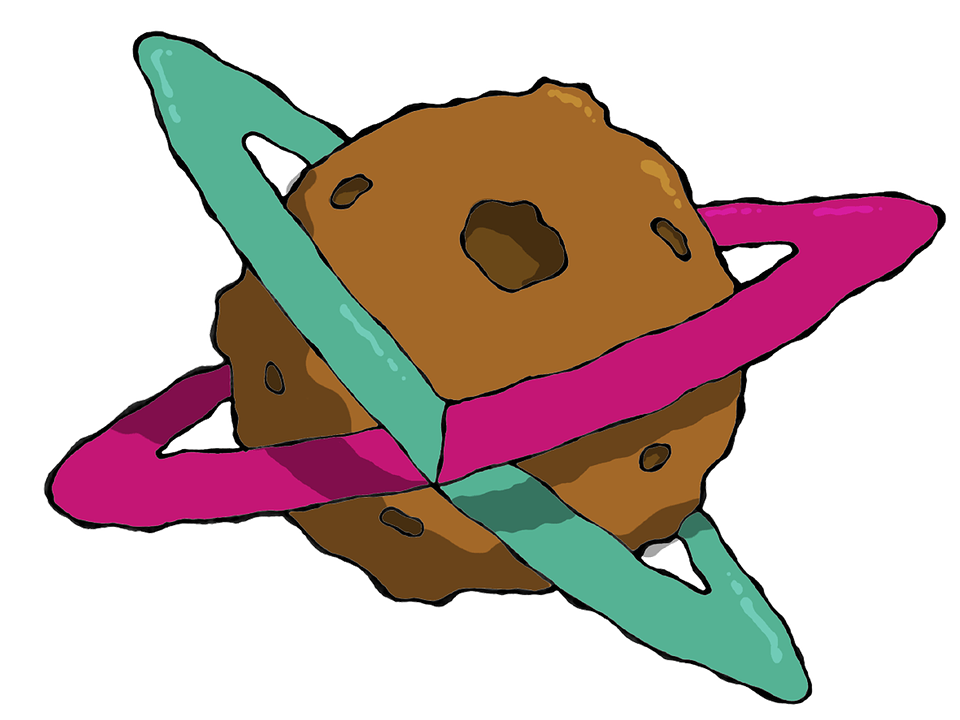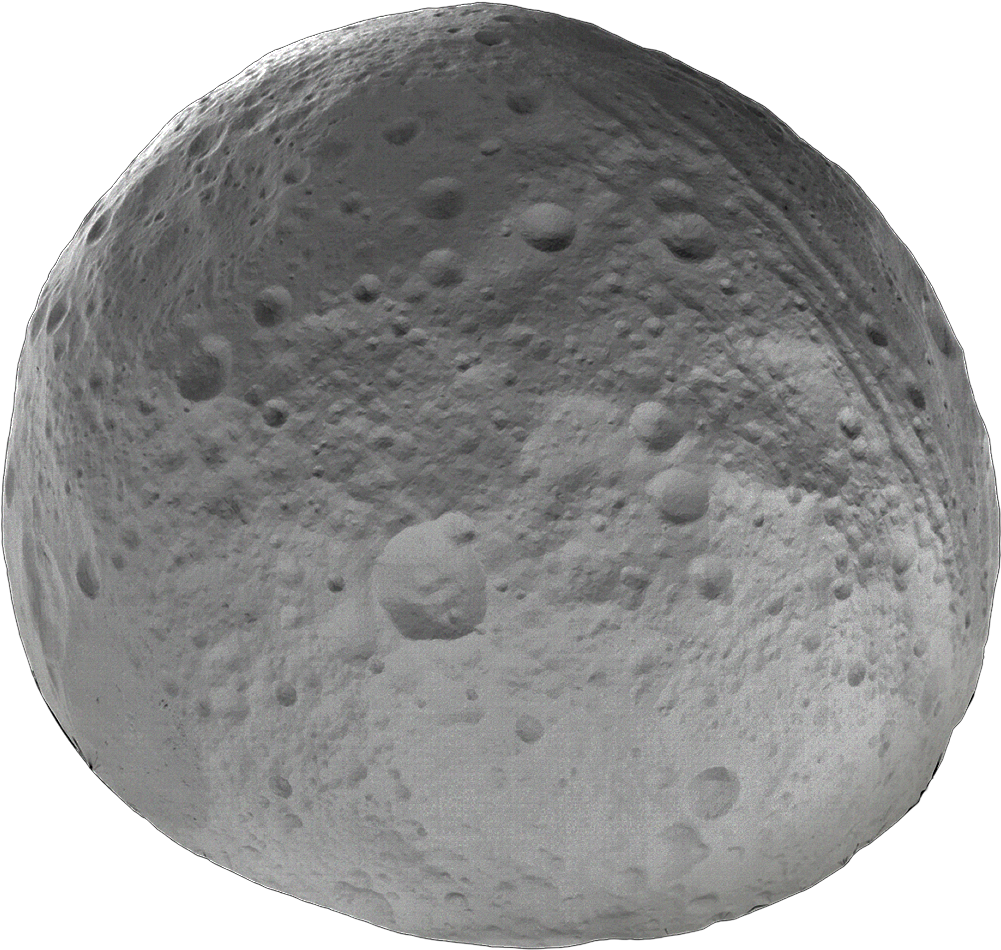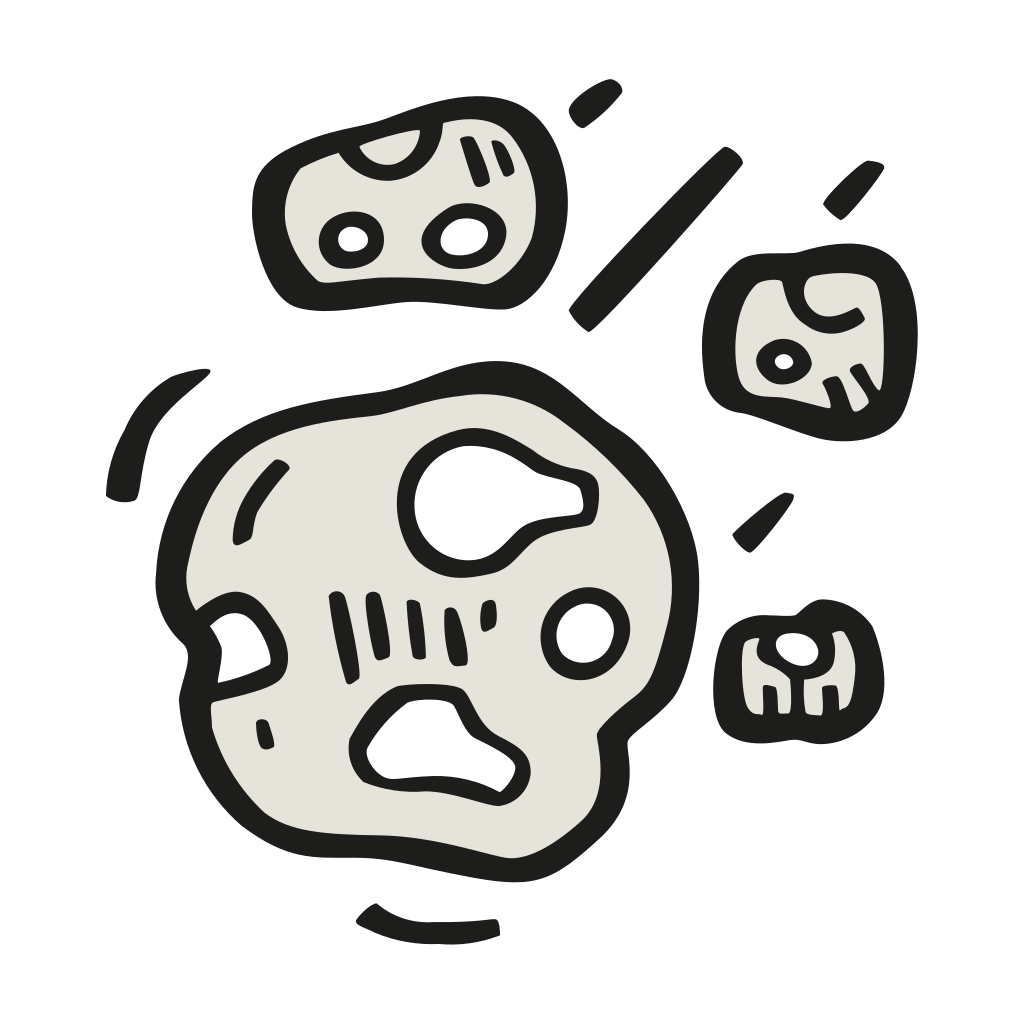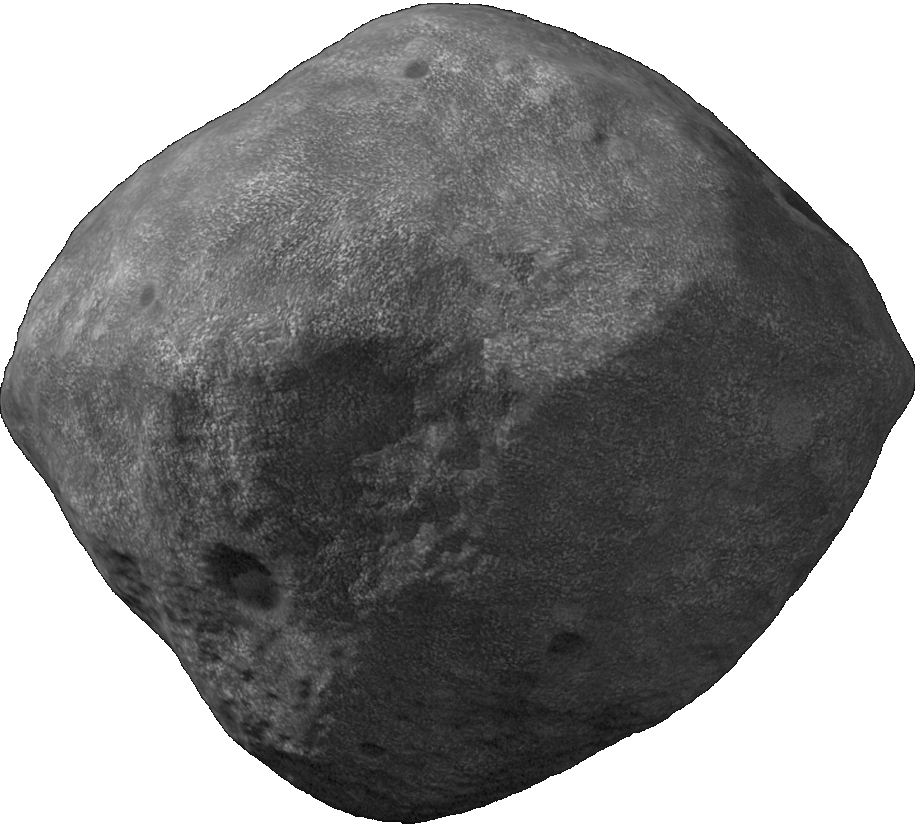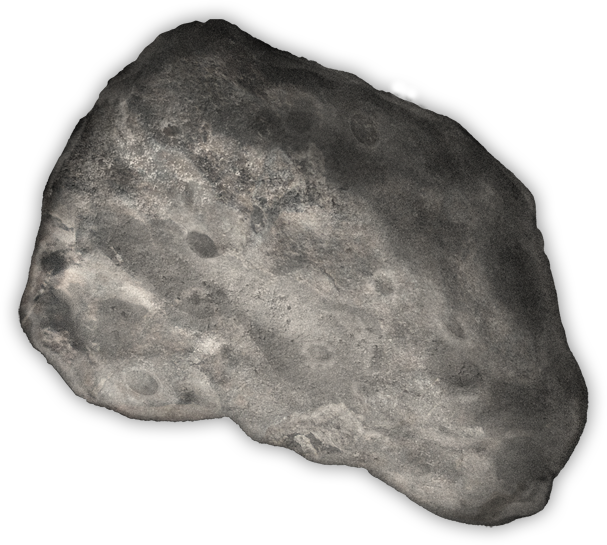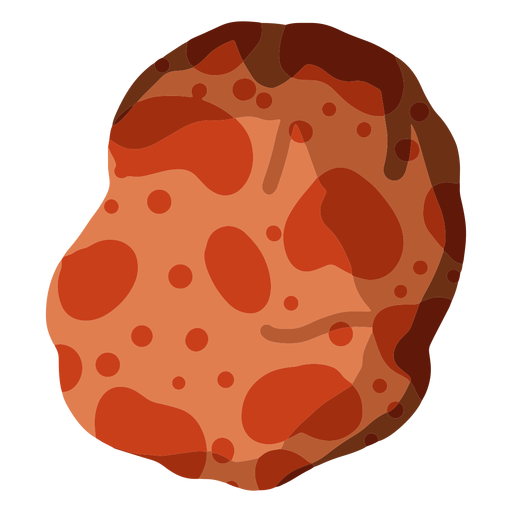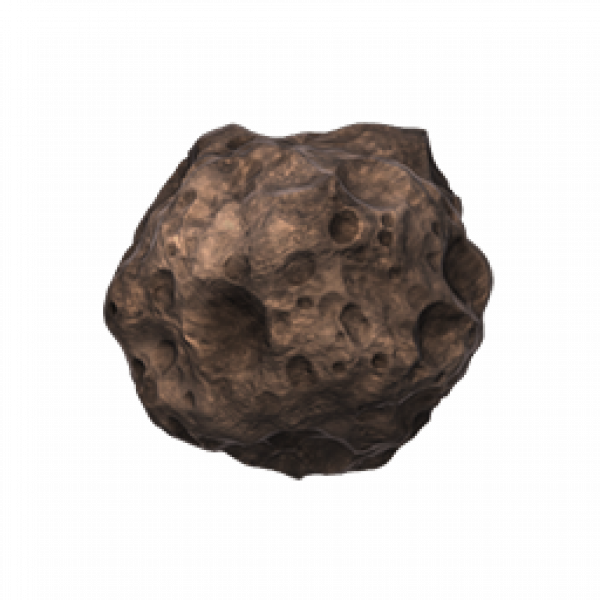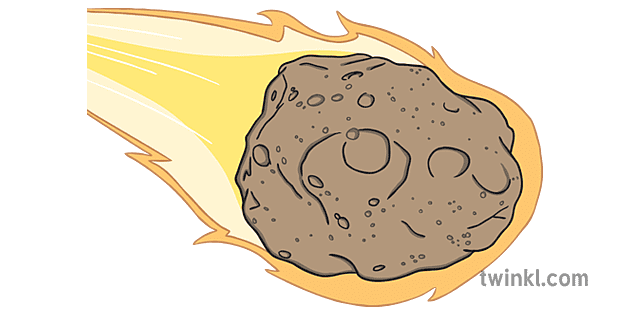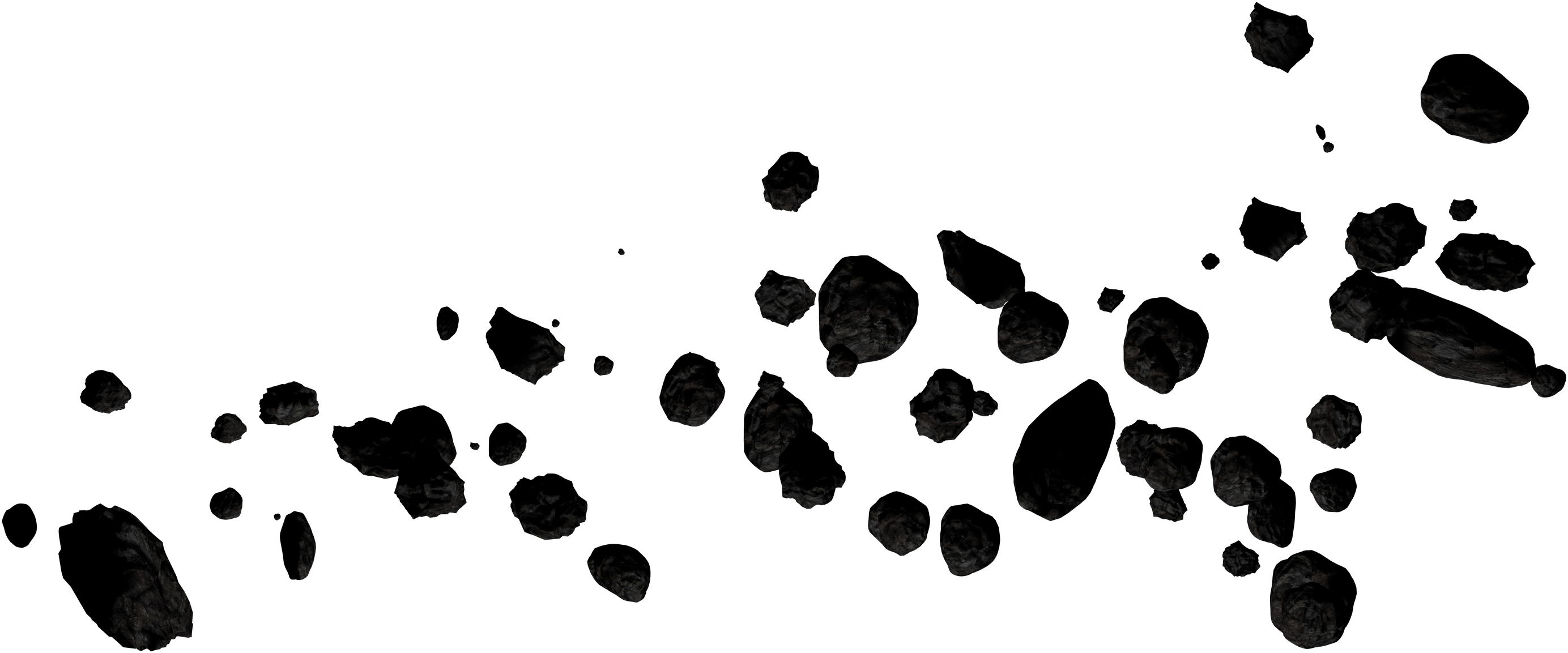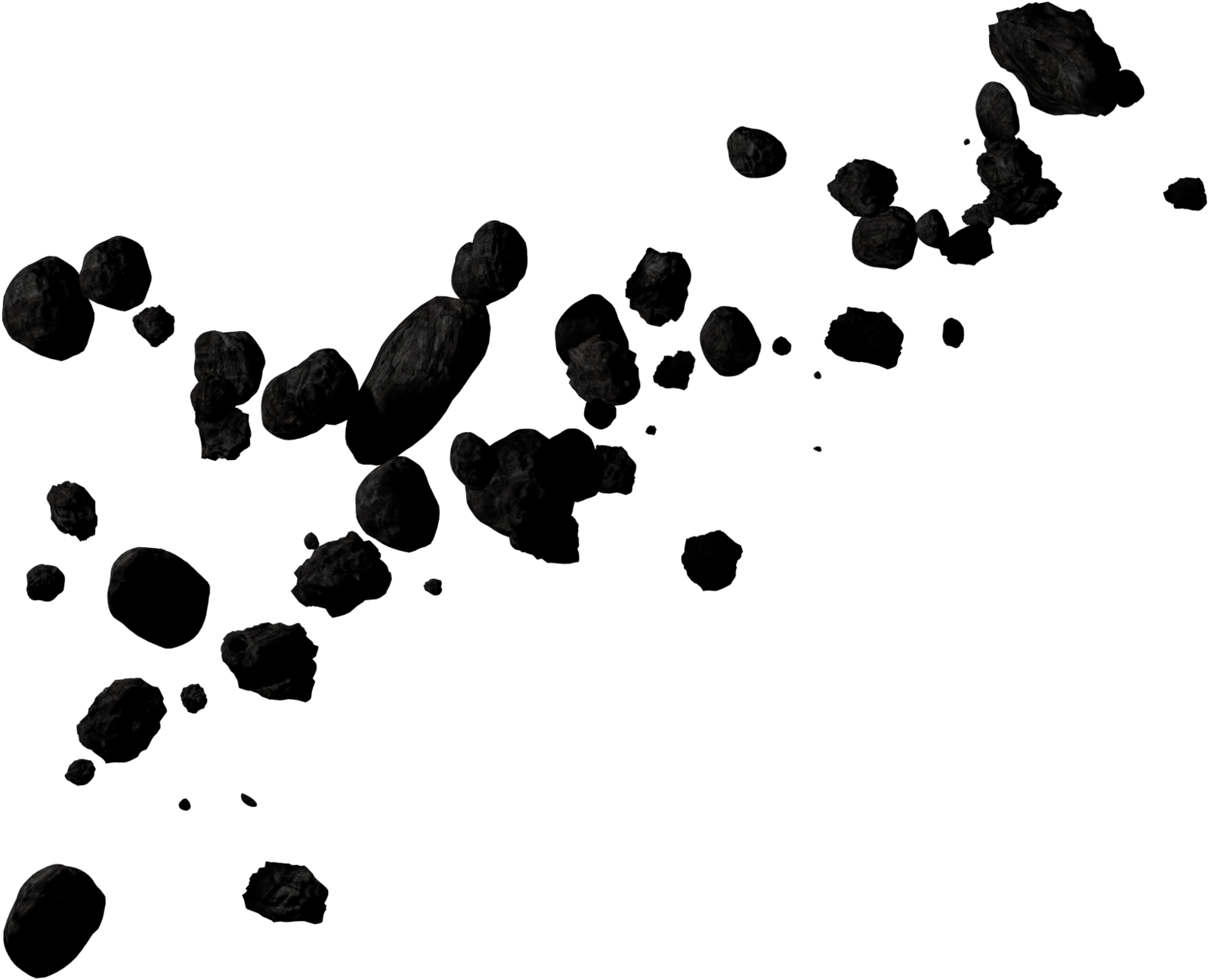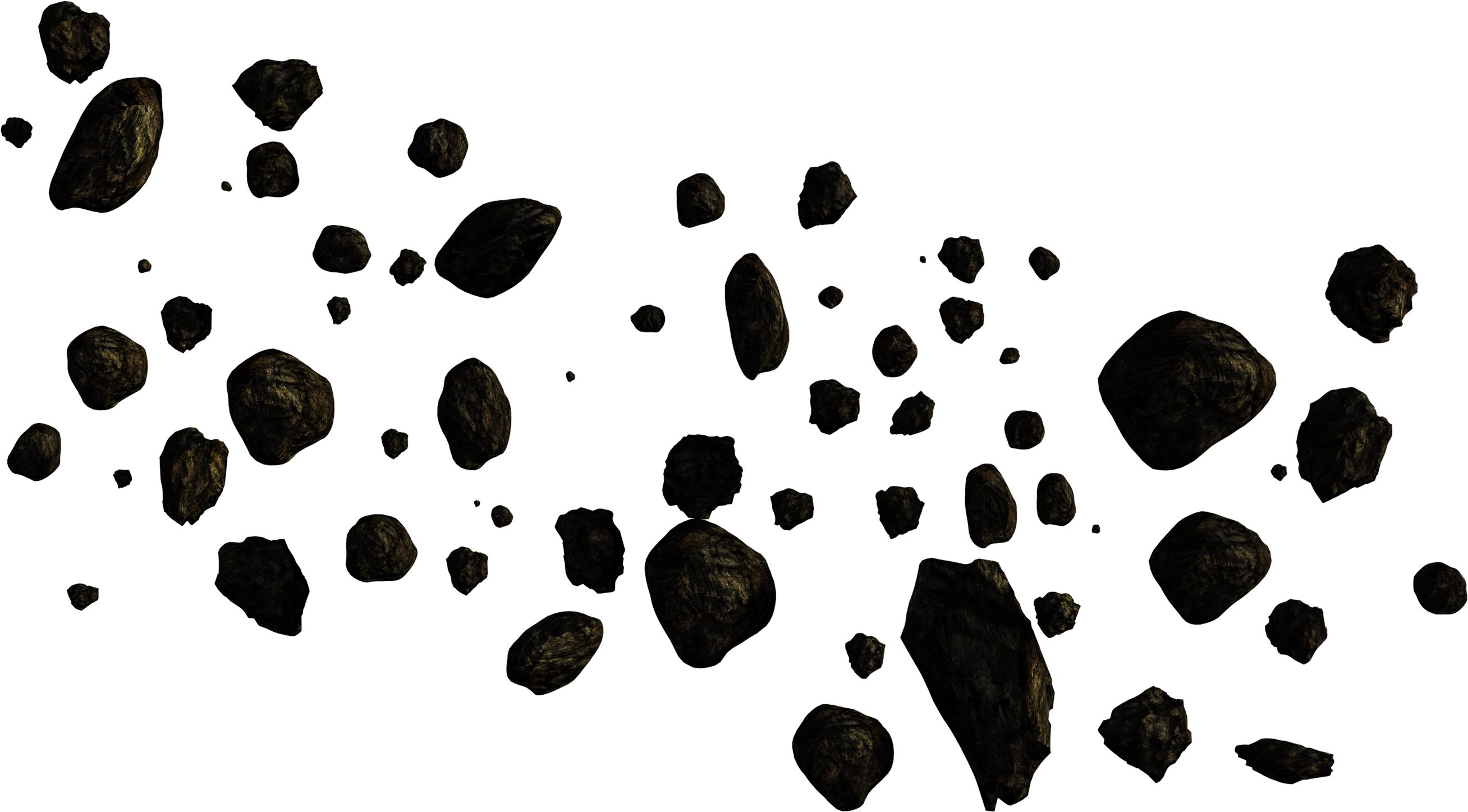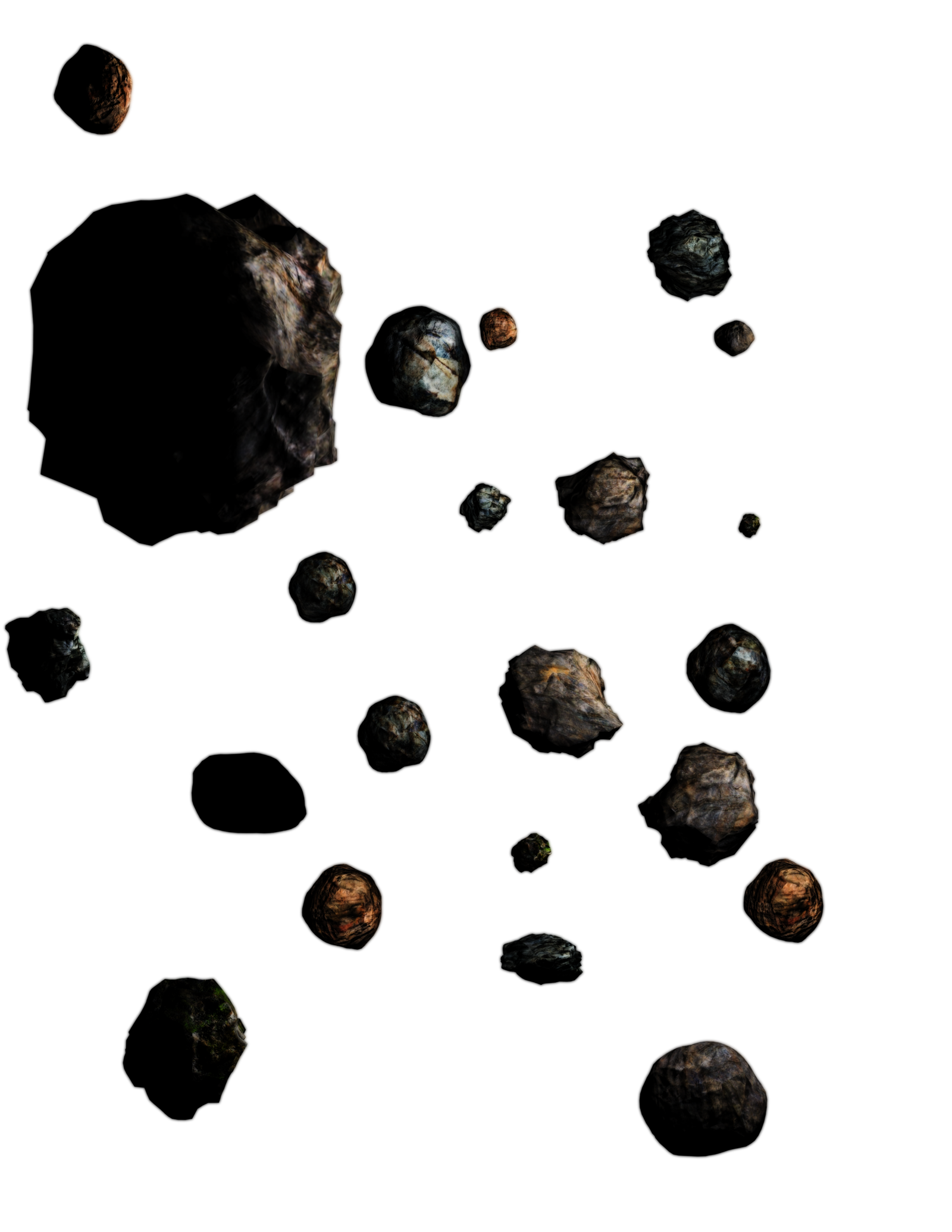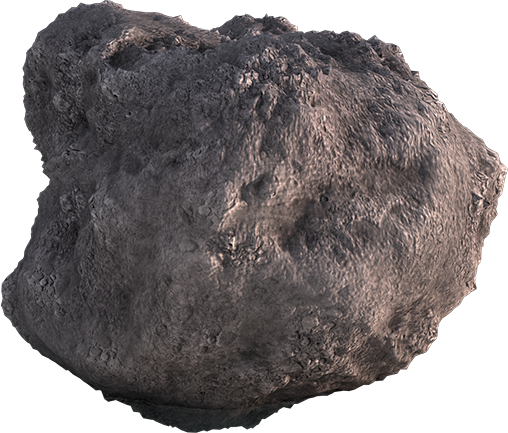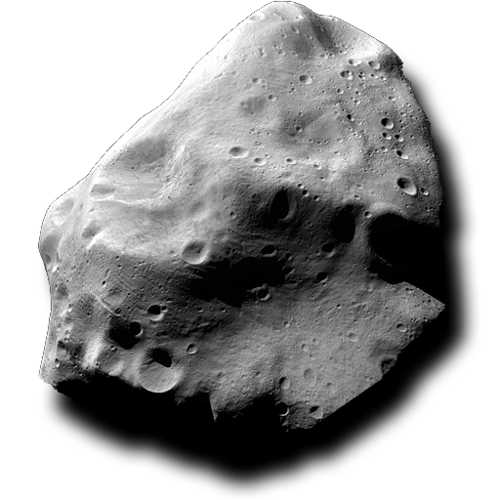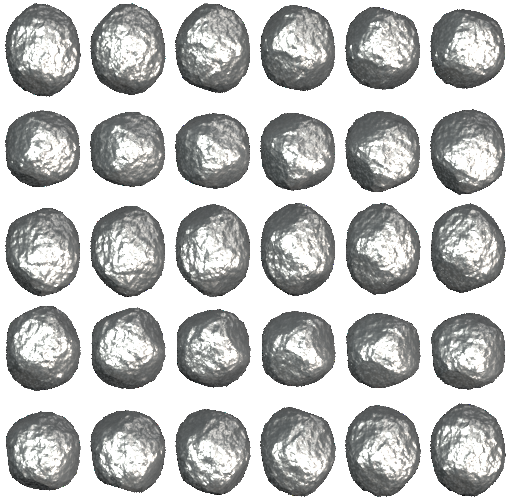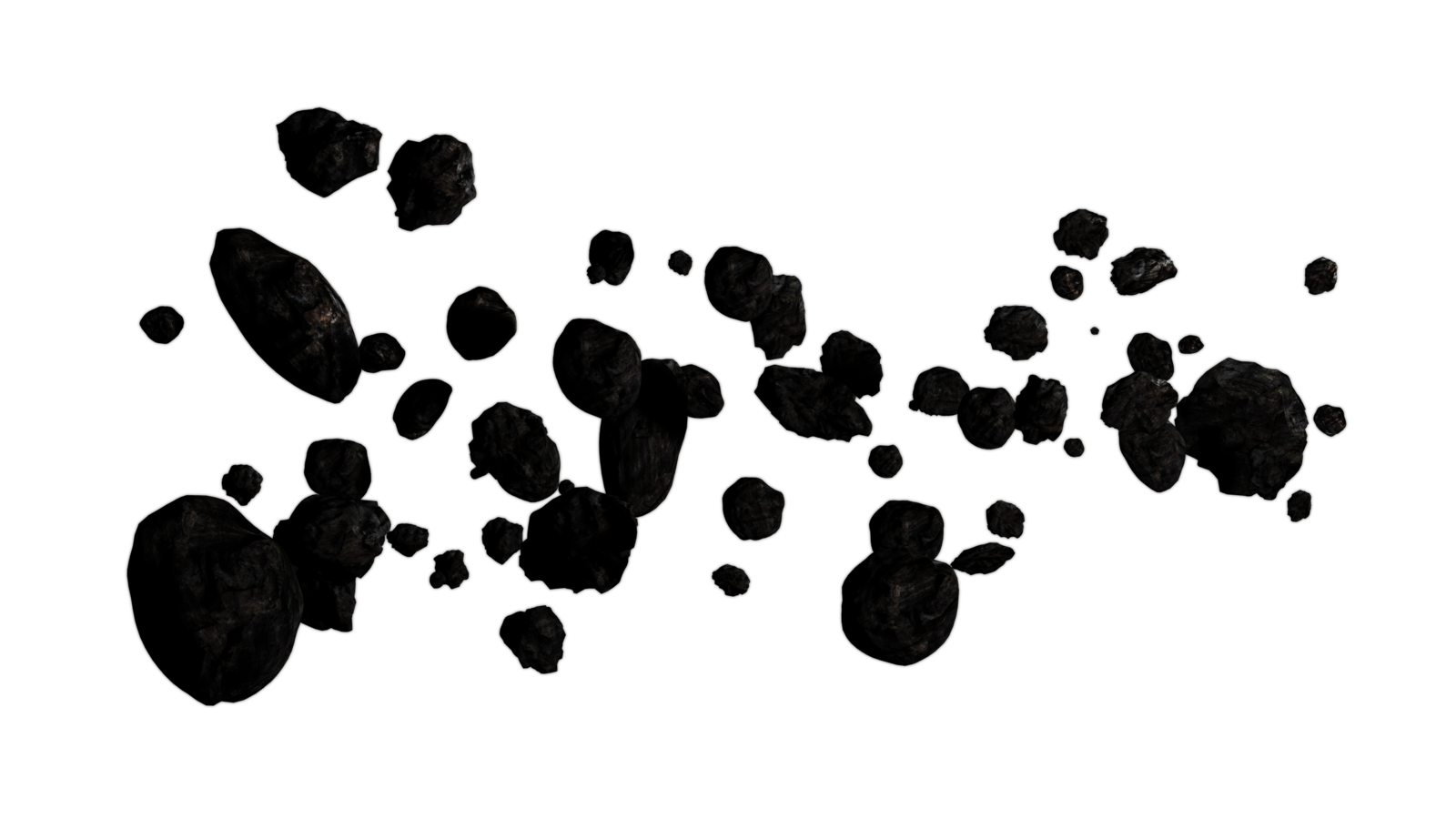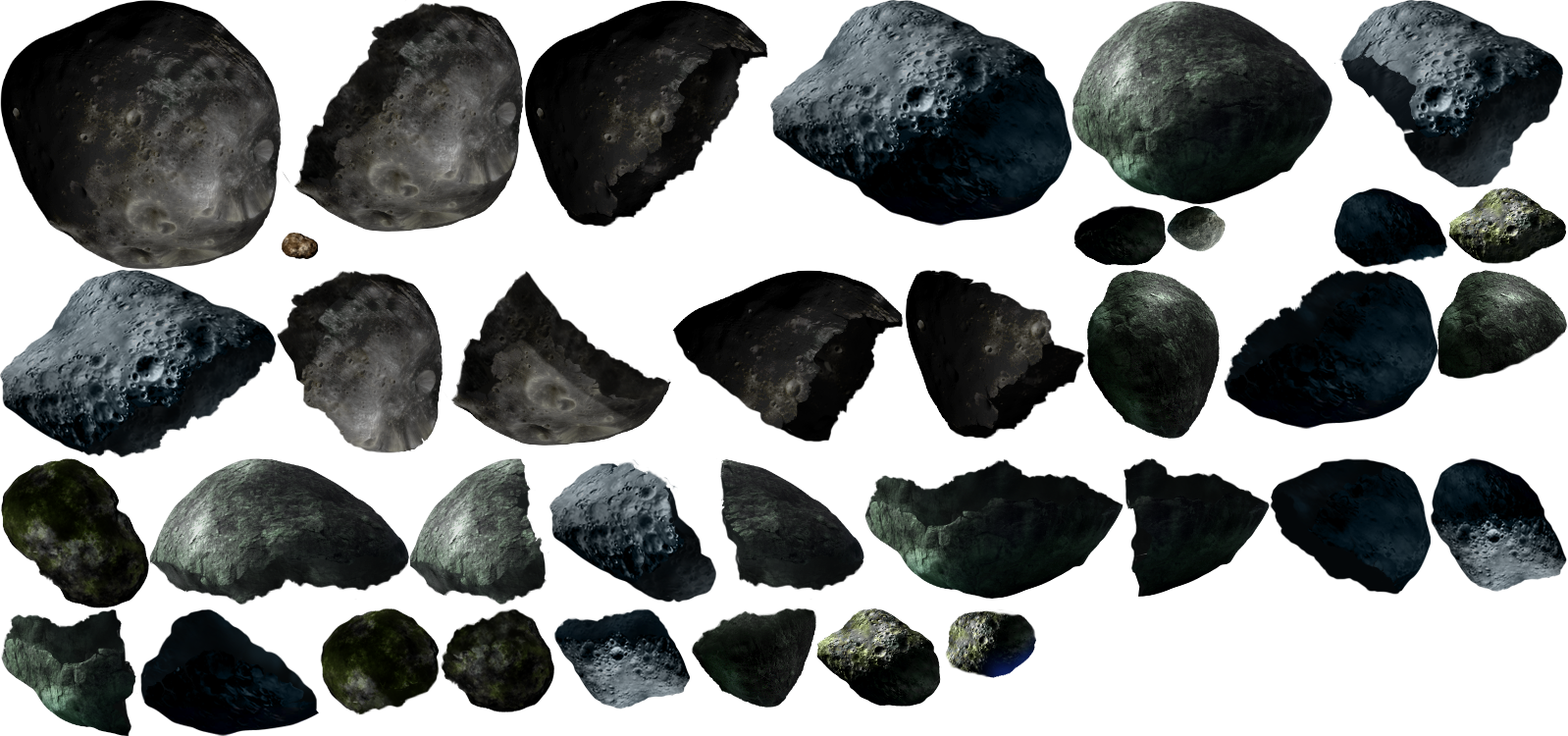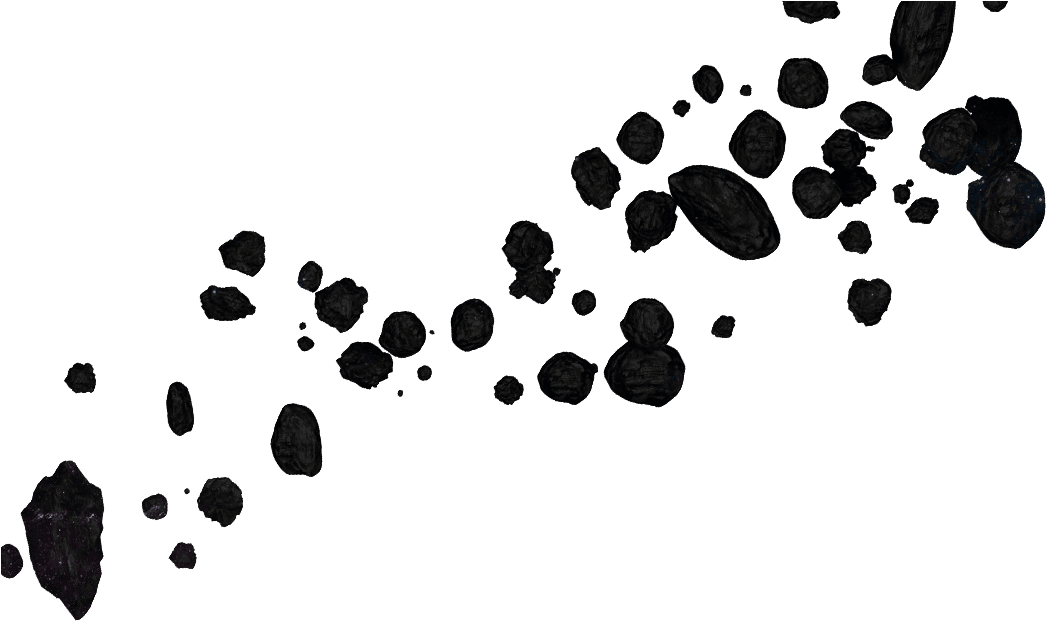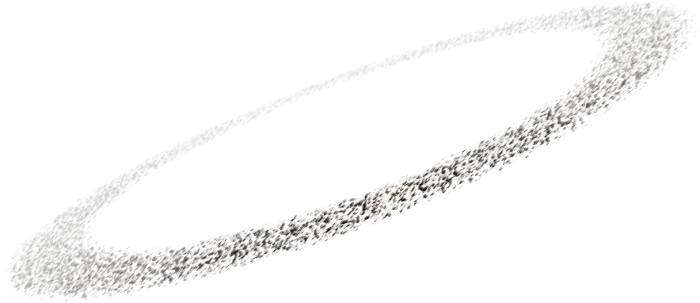Download top and best high-quality free Asteroid PNG Transparent Images backgrounds available in various sizes. To view the full PNG size resolution click on any of the below image thumbnail.
License Info: Creative Commons 4.0 BY-NC
Asteroids are small planets in our Solar System. Historically, these phrases have been used to describe any astronomical object circling the Sun that did not resolve into a disc in a telescope and did not exhibit active comet–like features such as a tail. As minor planets in the outer Solar System with volatile-rich surfaces comparable to comets were discovered, they were differentiated from the objects found in the main asteroid belt. The word “asteroid” refers to the inner Solar System’s small planets, particularly those around Jupiter. Planetoids are the names given to larger asteroids.
Many asteroids are shattered fragments of planetesimals, things that never grew large enough to become planets within the early Sun’s solar nebula. The great majority of known asteroids are either co-orbital with Jupiter or orbit inside the main asteroid belt, which lies between Mars and Jupiter’s orbits (the Jupiter trojans). Other orbital groups, like as the near-Earth objects, do have considerable populations.
Individual asteroids are classed based on their spectral characteristics, with the majority falling into one of three categories: C-type, M-type, or S-type. These were called for carbon-rich, metallic, and silicate (stony) compositions, and are often associated with them. Asteroids vary in size; the biggest, Ceres, is about 1,000 kilometers (600 miles) broad and enormous enough to be classified as a dwarf planet.
Asteroids are distinguished from comets and meteoroids in a fairly arbitrary manner. The distinction between asteroids and comets is one of composition: while asteroids are mostly made up of mineral and rock, comets are mostly made up of dust and ice. In addition, asteroids developed closer to the sun, preventing cometary ice from forming.
The fundamental distinction between asteroids and meteoroids is size: meteoroids have a diameter of less than one meter, whereas asteroids have a diameter of more than one meter. Finally, meteoroids can be made up of asteroidal or cometary elements.
Only one asteroid, 4 Vesta, with a moderately shiny surface, is generally visible to the naked eye, and only when it is in a favorable location in extremely dark sky. Small asteroids travelling near to Earth may occasionally be visible to the naked eye for a brief period of time.
The Minor Planet Center possessed data on 930,000 minor planets in the inner and outer Solar Systems as of March 2020, with roughly 545,000 having enough information to be assigned numbers.
To raise awareness of asteroids, the United Nations designated June 30 as International Asteroid Day. The anniversary of the Tunguska asteroid impact over Siberia, Russian Federation, on June 30, 1908, is commemorated on International Asteroid Day.
“It is 100 percent guaranteed that we will be targeted,” the B612 Foundation said in April 2018, “but we are not 100 percent certain when.” In his final book, Brief Answers to the Big Questions, published in 2018, scientist Stephen Hawking believed an asteroid impact to be the greatest hazard to the Earth.
The US National Science and Technology Council warned in June 2018 that the US is unprepared for an asteroid impact, and has written and issued the “National Near-Earth Object Preparedness Strategy Action Plan” to help. According to expert evidence before the US Congress in 2013, NASA would need at least five years of planning before launching a mission to intercept an asteroid.
Ceres, the first asteroid found, was once thought to be a new planet. This was followed by the discovery of several similar bodies, which seemed to be points of light, like stars, with little or no planetary disc, but were easily identifiable from stars due to their apparent movements, using the equipment available at the time.
This caused Sir William Herschel, an astronomer, to suggest the name “asteroid,” which was coined in Greek as o, or asteroeids, meaning “star-like, star-shaped,” and derived from the Ancient Greek astr “star, planet.” The words “asteroid” and “planet” (not necessarily defined as “minor”) were still used interchangeably in the early second half of the nineteenth century.
Download Asteroid PNG images transparent gallery.
- Asteroid PNG Pic
Resolution: 512 × 512
Size: 54 KB
Image Format: .png
Download
- Asteroid Meteor PNG HD Image
Resolution: 512 × 512
Size: 57 KB
Image Format: .png
Download
- Asteroid PNG Image HD
Resolution: 981 × 838
Size: 42 KB
Image Format: .png
Download
- Asteroid PNG Background
Resolution: 512 × 512
Size: 296 KB
Image Format: .png
Download
- Asteroid PNG Image
Resolution: 512 × 512
Size: 18 KB
Image Format: .png
Download
- Asteroid Meteor PNG Photos
Resolution: 512 × 512
Size: 18 KB
Image Format: .png
Download
- Asteroid PNG HD Image
Resolution: 480 × 480
Size: 156 KB
Image Format: .png
Download
- Asteroid Background PNG
Resolution: 850 × 596
Size: 841 KB
Image Format: .png
Download
- Asteroid No Background
Resolution: 2362 × 2362
Size: 1807 KB
Image Format: .png
Download
- Asteroid PNG Images
Resolution: 2400 × 3394
Size: 1103 KB
Image Format: .png
Download
- Asteroid
Resolution: 1000 × 1000
Size: 786 KB
Image Format: .png
Download
- Asteroid PNG Image File
Resolution: 960 × 720
Size: 214 KB
Image Format: .png
Download
- Asteroid Meteor PNG Image HD
Resolution: 1001 × 950
Size: 882 KB
Image Format: .png
Download
- Asteroid PNG Photo
Resolution: 1024 × 1024
Size: 105 KB
Image Format: .png
Download
- Asteroid PNG Free Image
Resolution: 915 × 824
Size: 296 KB
Image Format: .png
Download
- Asteroid PNG Clipart
Resolution: 512 × 512
Size: 30 KB
Image Format: .png
Download
- Asteroid Meteor PNG Clipart
Resolution: 607 × 545
Size: 407 KB
Image Format: .png
Download
- Asteroid Meteor PNG Images
Resolution: 512 × 512
Size: 80 KB
Image Format: .png
Download
- Asteroid Meteor PNG Picture
Resolution: 600 × 600
Size: 160 KB
Image Format: .png
Download
- Asteroid Meteor Transparent
Resolution: 630 × 315
Size: 19 KB
Image Format: .png
Download
- Asteroid Meteor PNG Pic
Resolution: 2768 × 1153
Size: 764 KB
Image Format: .png
Download
- Asteroid Meteor
Resolution: 1024 × 261
Size: 223 KB
Image Format: .png
Download
- Asteroid Meteor PNG Photo
Resolution: 1600 × 1297
Size: 401 KB
Image Format: .png
Download
- Asteroid Meteor PNG Image
Resolution: 2616 × 1447
Size: 1531 KB
Image Format: .png
Download
- Asteroid Meteor PNG Cutout
Resolution: 1600 × 2070
Size: 772 KB
Image Format: .png
Download
- Asteroid Meteor PNG
Resolution: 508 × 433
Size: 380 KB
Image Format: .png
Download
- Asteroid PNG Cutout
Resolution: 500 × 500
Size: 547 KB
Image Format: .png
Download
- Asteroid PNG File
Resolution: 510 × 500
Size: 340 KB
Image Format: .png
Download
- Asteroid PNG Images HD
Resolution: 1134 × 1134
Size: 230 KB
Image Format: .png
Download
- Asteroid PNG Picture
Resolution: 1600 × 900
Size: 402 KB
Image Format: .png
Download
- Asteroid Transparent
Resolution: 1598 × 750
Size: 1567 KB
Image Format: .png
Download
- Asteroid Meteor PNG File
Resolution: 1047 × 622
Size: 92 KB
Image Format: .png
Download
- Asteroid PNG
Resolution: 512 × 512
Size: 35 KB
Image Format: .png
Download
- Asteroid PNG Photos
Resolution: 700 × 303
Size: 167 KB
Image Format: .png
Download
